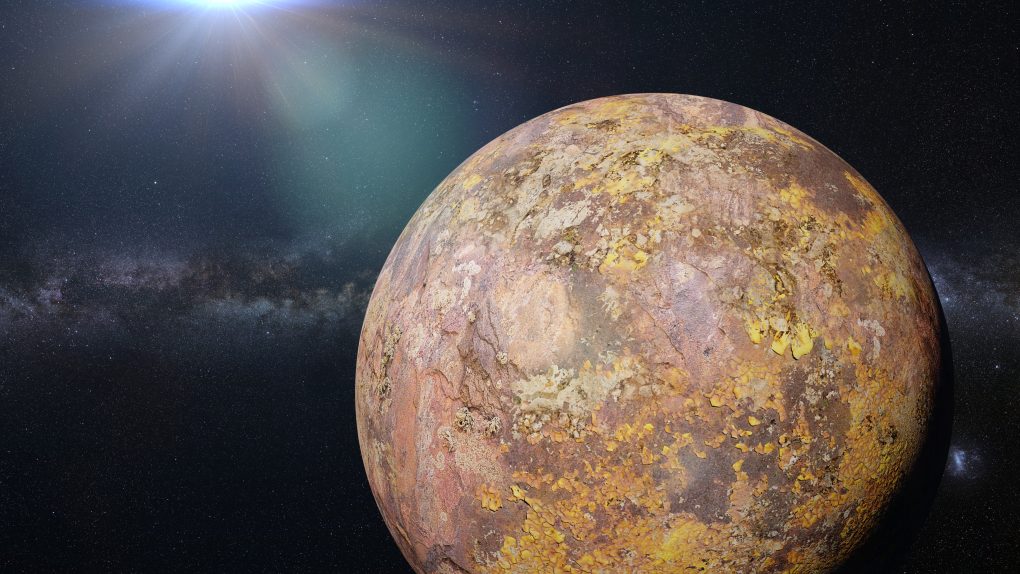The hunt for alien worlds is more difficult than it may seem. Without the ability to travel through the cosmos, we’re left to look through telescopes and collect data to determine whether other planets lie in wait. Now, though, astronomers say they may have figured out a way to make the search for these alien worlds much easier, and it relies on a technique that looks for debris fields.
Feng Long, a postdoctoral fellow at Harvard and the Smithsonian’s Center for Astrophysics, says she discovered a possible new technique that can make finding alien worlds much easier. Instead of relying on blindly sifting through data, Long looked for material and fields of debris at the Lagrange points. She published a paper on the technique and her findings in The Astrophysical Journal Letters.
The Lagrange points can be thought of as parking places in space. These points are notable because they act as an intersection of the different gravitational fields between celestial structures. Essentially, these points act as a middle ground between gravitational pulls. As such, the pull of gravity from all objects is equal. So, debris from developing alien worlds may congregate here, Long says.

The technique was born when Long began sifting through data captured by Chile’s ALMA Observatory, Space.com reports. Long noticed a dusty ring with two bright bunches orbiting around it. The two are separated by around 120 degrees, and Long believes an alien world may be situated somewhere between them.
Long says that this kind of angle isn’t happenstance. Instead, it’s mathematically important. As such, Long believes the angle could suggest the existence of an alien world between the two points. Because gravity is essentially canceled out in those areas, the material is frozen in space. Long says that this kind of technique could help with the hunt for alien worlds in other areas.
Unfortunately, proving this hypothesis is impossible with the current state of astronomy technology. But, if we can prove it down the line, it could make hunting for alien worlds and the subsequent alien life that might be out there even easier. Until then, we can at least rely on James Webb to show us more about the alien planets that await discovery.
More space coverage: Astronomers spotted a bubble of gas zipping around our Galaxy’s black hole








